Transform Your Back Pain Relief with High-Intensity Laser Therapy
Back pain is a prevalent issue that impacts millions globally. Suppose you are among those experiencing discomfort in the lower, middle, or upper back. In that case, it’s essential to recognise that this pain can arise from various sources, such as muscle strain, herniated discs, or even arthritis.
Understanding the specific characteristics of your back pain is vital for effective management and treatment. Back pain can be acute, lasting only a few days to weeks, or chronic, persisting for three months or more. The repercussions of back pain on your daily life can be profound, hindering your capacity to work, exercise, and participate in social activities that enrich your life.
The intricate nature of back pain complicates effective treatment. You may experience a range of sensations, from sharp, shooting pains to a persistent dull ache that affects your daily routine. Factors like age, lifestyle choices, and overall health can significantly influence the intensity and frequency of your back pain.
For example, people who maintain a sedentary lifestyle or have poor posture may be more vulnerable to back issues. Recognising these contributing factors empowers people to take proactive measures toward prevention and effective treatment strategies.
Essential Insights for Understanding Back Pain
- Back pain is a widespread issue that can be caused by various factors, such as poor posture, muscle strain, or injury.
- Conventional treatments for back pain typically involve medications, physical therapy, and, in severe cases, surgical interventions.
- High-intensity laser Therapy is a non-invasive treatment that employs focused light energy to alleviate inflammation and encourage tissue healing.
- This therapy stimulates cellular activity, enhances blood circulation, and mitigates pain signals in the affected area.
- The advantages of High-Intensity Laser Therapy for back pain include effective pain relief, reduced inflammation, and enhanced mobility without reliance on medications or surgical procedures.
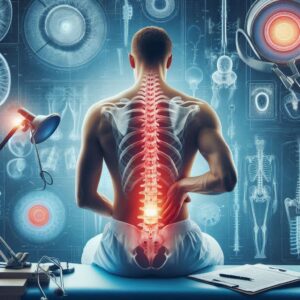 Exploring Traditional Back Pain Treatment Approaches
Exploring Traditional Back Pain Treatment Approaches
Understanding the Challenges of Conventional Treatments
Physical therapy is a common treatment avenue, emphasising exercises and stretches designed to strengthen the muscles that support your spine. In more severe cases, healthcare professionals may recommend surgical solutions like spinal fusion or discectomy. However, surgery carries inherent risks and complications, which can deter many individuals from pursuing this option.
Seeking Innovative Alternatives for Back Pain Relief
Moreover, traditional treatments may not always produce the desired outcomes, leaving you feeling disheartened and searching for alternative solutions. This is where groundbreaking therapies, such as High-Intensity Laser Therapy, come into play, providing a fresh and effective pathway to relief from back pain.
Discovering Effective Solutions for Chronic Back Pain
By exploring alternative therapies, you may uncover a more efficient and sustainable approach to managing your back pain, enhancing your overall well-being.
Understanding High-Intensity Laser Therapy for Back Pain Relief
<a title="High Intensity Laser Therapy (HILT)" href="https://mcrtherapies.co.uk/services/high-intensity-laser-therapy-hilt/" rel="">High-Intensity Laser Therapy</a> (HILT) has emerged as a promising treatment option in recent years, providing effective relief for individuals suffering from back pain. Unlike traditional methods that often rely on medications or invasive treatments, HILT utilises focused light energy to drive healing at the cellular level. This non-invasive approach resonates with many individuals seeking relief without the risks associated with surgical procedures or prolonged medication use.
As you delve into HILT, you may find it intriguing that this therapy is founded on principles of photobiomodulation. This innovative process involves applying specific wavelengths of light to stimulate cellular activity and enhance tissue repair. Increasingly, practitioners are incorporating HILT into their treatment regimens, recognising its potential to deliver significant relief for those grappling with chronic back pain.
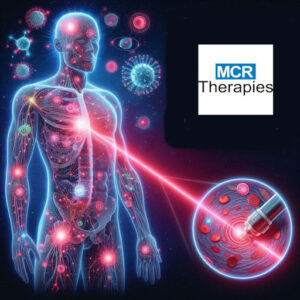 The Science Behind High-Intensity Laser Therapy
The Science Behind High-Intensity Laser Therapy
The mechanisms of High-Intensity Laser Therapy are fascinating and scientifically grounded. When the laser light penetrates your skin, it interacts with the cells in the targeted area. This interaction stimulates the mitochondria within your cells, increasing adenosine triphosphate (ATP) production—the energy currency essential for cellular functions.
As ATP levels rise, your body’s intrinsic healing mechanisms are activated, facilitating tissue repair and reducing inflammation. During a typical HILT session, you will lie comfortably while a trained professional directs the laser over the painful area of your back. The treatment is painless and typically lasts between 10 to 30 minutes, depending on the severity of your condition.
You may feel a gentle warmth as the laser alleviates your discomfort. Many patients report experiencing immediate relief after one session, while others may require multiple treatments to achieve optimal results.
Unlocking the Benefits of High-Intensity Laser Therapy for Back Pain
One of the most significant advantages of High-Intensity Laser Therapy is its non-invasive nature. It allows you to experience relief without the need for surgical intervention or lengthy recovery periods. This quality is particularly appealing for those with busy lifestyles or responsibilities that make it challenging to take time off for recovery.
Additionally, HILT has been shown to reduce inflammation and accelerate healing, making it especially beneficial for individuals with chronic conditions. Another noteworthy advantage is the minimal side effects associated with HILT. Unlike medications that may lead to gastrointestinal issues or other complications, laser therapy is generally well-tolerated by patients.
Many individuals find they can resume their daily activities immediately after treatment without downtime. Furthermore, HILT can be seamlessly integrated with other therapeutic modalities, such as physical therapy or chiropractic care, enhancing overall treatment outcomes.
Understanding the Side Effects and Risks of High-Intensity Laser Therapy
While High-Intensity Laser Therapy is considered safe for most individuals, it’s crucial to be aware of potential side effects and risks. Some patients may experience mild discomfort during or following treatment, such as temporary redness or swelling in the treated area. These effects are typically short-lived and resolve quickly without the need for intervention.
However, certain individuals should exercise caution when considering HILT. If you are pregnant or have specific medical conditions such as cancer or photosensitivity disorders, it’s essential to consult with your healthcare provider before undergoing this therapy. They can help assess whether HILT is appropriate for your unique situation and guide you toward the best treatment options.
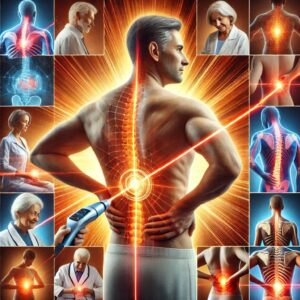 Real-Life Success Stories with High-Intensity Laser Therapy
Real-Life Success Stories with High-Intensity Laser Therapy
Numerous individuals have experienced remarkable success with high-intensity laser therapy for their back pain, improving their quality of life and enhancing mobility. You might come across testimonials from patients who once battled chronic discomfort but found substantial relief after only a few sessions of HILT. These success stories often emphasise how laser therapy has allowed them to return to activities they once enjoyed but had to forgo due to pain.
For instance, one patient shared their transformative journey from being unable to participate in family outings due to debilitating back pain to rediscovering joy in hiking and outdoor activities after completing a series of HILT treatments. Such narratives serve as potent reminders of the potential benefits of exploring innovative therapies like High-Intensity Laser Therapy.
The Evolving Landscape of Back Pain Treatment with High-Intensity Laser Therapy
As research in pain management continues to advance, High-Intensity Laser Therapy (HILT) stands at the forefront of innovative treatments for back pain. The expanding body of evidence supporting its effectiveness suggests that HILT could become a mainstream option for those seeking relief from chronic discomfort. As more practitioners adopt this technology and refine their techniques, access to HILT will become increasingly widespread.
Looking toward the future, advancements in laser technology may further enhance the efficacy of HILT treatments. Researchers are continuously investigating new wavelengths and delivery methods that could optimise outcomes for patients like you who suffer from back pain. With ongoing studies and clinical trials, the future appears promising for High-Intensity Laser Therapy as a viable solution for effective back pain management.
Understanding the nature of your back pain and exploring various treatment options is essential for achieving relief. High-intensity laser Therapy presents a non-invasive alternative that has demonstrated promise in alleviating discomfort and promoting healing. As you weigh your options, remember that each individual’s experience is distinct; what works for one person may not necessarily be effective for another.
However, with the continual advancements in therapies like HILT, there is hope for a brighter future in back pain management.
If you’re looking for alternative treatments for back pain, you may find High-Intensity Laser Therapy quite beneficial. Additionally, another complementary therapy worth considering is acupuncture. Acupuncture has been utilised for centuries to address various ailments, including chronic pain. To learn more about how acupuncture might help alleviate your back pain, visit this article on acupuncture and dry needling. This therapy could serve as a valuable component of a comprehensive pain management strategy.
Frequently Asked Questions about High-Intensity Laser Therapy
What is High-Intensity Laser Therapy for Back Pain?
High-intensity laser Therapy is a non-invasive treatment that employs focused light energy to alleviate pain and inflammation in the back. It is frequently utilised for chronic back pain management and can significantly enhance mobility and functionality.
How Does High-Intensity Laser Therapy Work?
High-intensity laser Therapy delivers concentrated light energy to the affected area of the back. This energy penetrates the skin and stimulates the body’s natural healing processes, effectively reducing inflammation and promoting tissue repair.
Is High-Intensity Laser Therapy Safe?
Yes, High-Intensity Laser Therapy is generally deemed a safe treatment for back pain. It is non-invasive and does not require drugs or surgical interventions. However, it is vital to consult with a healthcare professional to determine if it is the appropriate treatment for your specific condition.
What Benefits Does High-Intensity Laser Therapy Offer for Back Pain?
Some advantages of High-Intensity Laser Therapy for back pain include reduced pain and inflammation, improved mobility and functionality, and accelerated tissue repair. Additionally, it represents a non-invasive treatment option with minimal side effects.
How Many Sessions of High-Intensity Laser Therapy Are Typically Needed for Back Pain?
The number of sessions required for High-Intensity Laser Therapy can vary depending on the individual and the severity of their back pain. Generally, a treatment course may involve multiple sessions over several weeks.
Are Any Side Effects Associated with High-Intensity Laser Therapy for Back Pain?
While High-Intensity Laser Therapy is generally considered safe, some individuals may experience mild side effects such as temporary redness or warmth in the treated area. These side effects usually resolve quickly and are not considered serious.

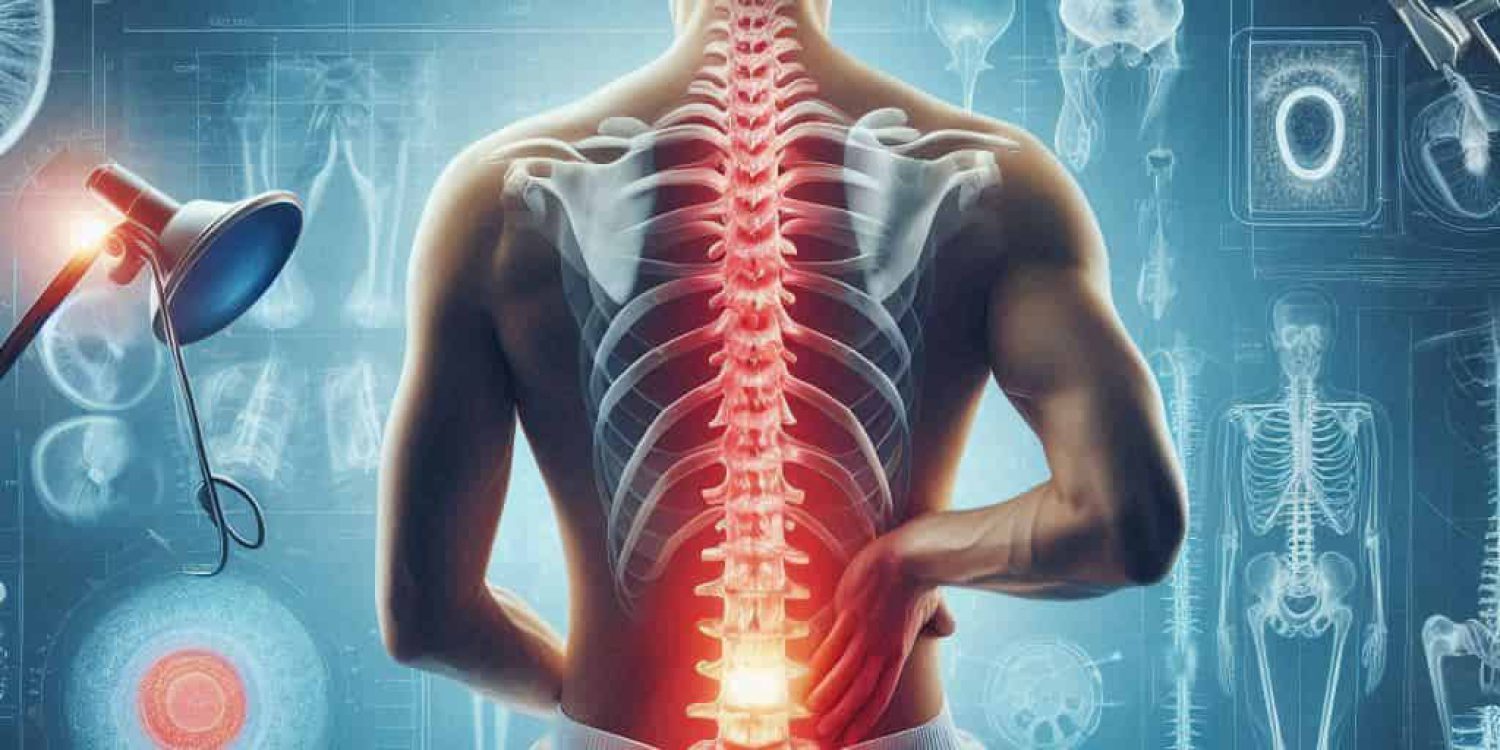











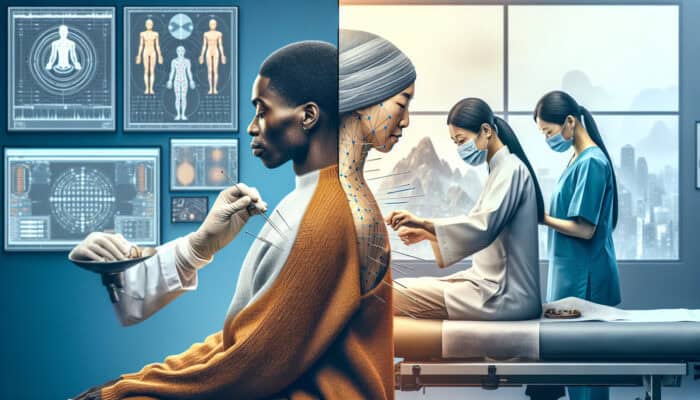


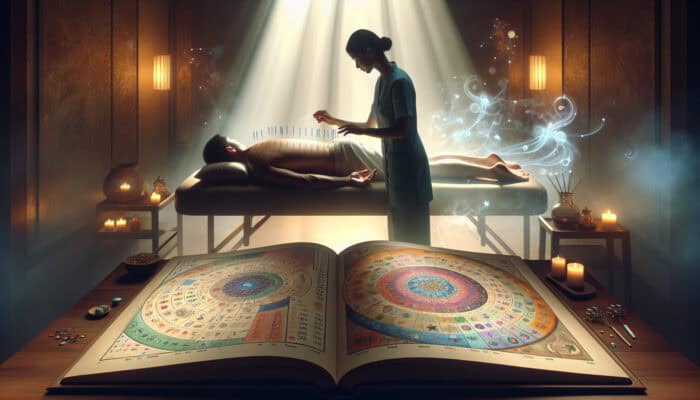




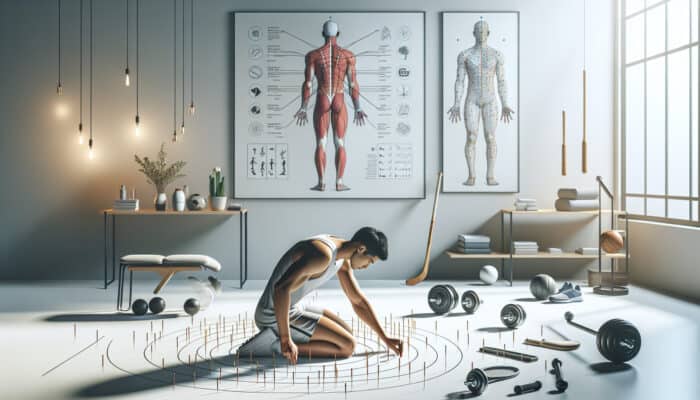
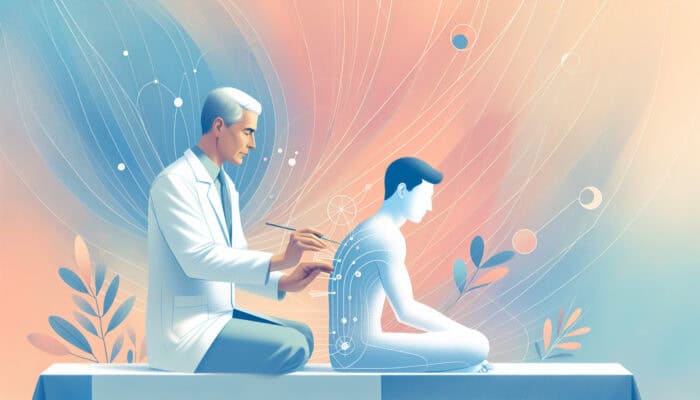
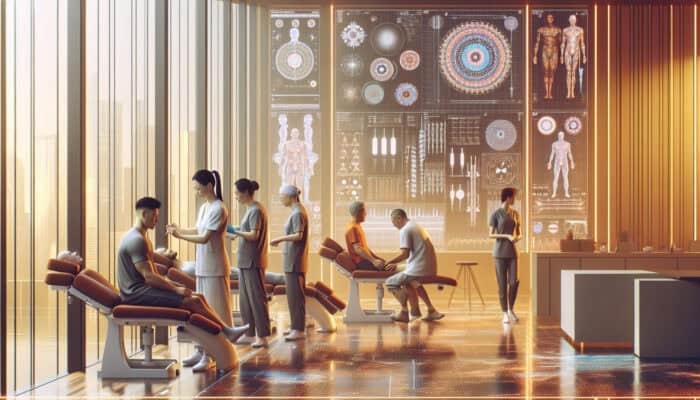
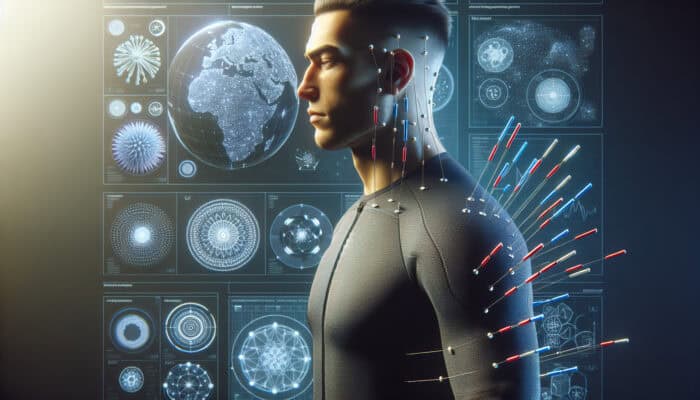

32 Comments
High-Intensity Laser Therapy (HILT) is indeed an intriguing and innovative option for those struggling with back pain, a condition I can personally relate to. I’ve dealt with chronic lower back pain for several years, and like many, I’ve tried various treatments—from physical therapy to pain medications. It’s enlightening to see how advancements in technology are starting to offer more effective solutions, particularly in areas like HILT, which can promote healing without invasive procedures.
It’s interesting to hear your experience with chronic lower back pain and the various treatments you’ve explored. Many of us can relate to the frustration of trying multiple approaches without lasting relief. HILT seems to bridge a gap between traditional methods and more innovative technology, which is promising. I wonder how this evolution in treatment can also influence the healthcare landscape overall.
I came across some insightful therapies for chronic sciatica relief that align with the innovative options like HILT you’ve mentioned, and I thought it might be helpful for anyone navigating similar struggles.
‘Chronic Sciatica Relief: Therapies That Work’
https://mcrtherapies.co.uk/chronic-sciatica-relief-therapies-that-work/.
It’s great to hear that you found resonance in my experience with chronic lower back pain. It can feel like a winding road, navigating the ups and downs of various treatments. Many of us are caught in that cycle, right? The frustration of trying one thing after another without a long-lasting solution is painfully relatable. This journey is often not just about finding relief but also about trying to piece together a broader understanding of what works for us individually, especially as we explore innovative technologies like HILT.
Thanks for sharing your thoughts! If you’re curious about exploring more innovative therapies for chronic sciatica relief, I highly recommend checking out this insightful resource: [Chronic Sciatica Relief: Therapies That Work](https://mcrtherapies.co.uk/chronic-sciatica-relief-therapies-that-work/). It could offer valuable options for anyone looking for lasting solutions.
https://mcrtherapies.co.uk/ezi
I really appreciate how you unpack the different sources of back pain and the nuances between acute and chronic issues. It’s interesting how the lifestyle factors you mentioned can really exacerbate these problems—things like posture when sitting for long hours or even the impact of stress on muscle tension. I’ve dealt with lower back pain from years of sitting at a desk and trying to balance work and staying active.
It’s great to hear your thoughts on the nuances of back pain, especially how lifestyle factors can play a significant role. I think most of us who have spent long hours at a desk can relate to that struggle. You mentioned posture when sitting for extended periods, and it’s interesting how something seemingly small can have such a big impact over time.
It’s definitely eye-opening how interconnected our daily habits are with issues like back pain. I’ve found that the lifestyle factors you mentioned really play a massive role, especially in this age of remote work where our desks have become central to our lives.
I can relate to your experience with back pain, and I found some interesting insights about how high intensity laser therapy might help address those chronic issues while complementing lifestyle changes.
‘High Intensity Laser Therapy (HILT)’
https://mcrtherapies.co.uk/services/high-intensity-laser-therapy-hilt/.
This post really struck a chord with me, as I’ve been grappling with back pain for years, primarily stemming from a combination of old sports injuries and the many hours spent sitting at my desk. It’s interesting how back pain can fluctuate in intensity, affecting everything from my mood to my ability to stay active.
I can really relate to what you’re saying about back pain. It’s fascinating how something like a past sports injury can have such long-term effects, especially when combined with our current lifestyles. Sitting at a desk for long periods can be brutal on the body. I’ve noticed that on days when my back is acting up, it can drain my motivation completely—not just physically, but mentally too.
I completely understand where you’re coming from. Back pain really can become an all-consuming issue, particularly when you factor in our increasingly sedentary lifestyles. It’s interesting to think about how modern work environments often disregard our physical wellbeing. I’ve found that spending too much time in front of a computer can lead to not just discomfort but a kind of mental fog as well.
Back pain really knows how to sneak up on you, right? One minute you’re feeling like a superhero, and the next, you’re walking like you just lost a wrestling match with a particularly stubborn couch. Those desk hours can turn anyone into a human pretzel.
While high-intensity laser therapy sounds promising, I wonder about its accessibility and long-term efficacy for those suffering from chronic back pain. I’ve personally navigated the challenges of back pain management after a sports injury. Often, I’ve found that the treatment landscape is littered with quick fixes that don’t address the underlying issues, leading to a cycle of trial and error.
Your insights into back pain and its complexities resonate deeply with me, as I have struggled with chronic back issues for several years. It’s fascinating how often back pain can be dismissed as merely a physical ailment, yet it profoundly affects not only personal well-being but also mental health and social interactions.
It’s a tough road, isn’t it? Chronic back issues can really turn everyday life upside down. It’s interesting how something that seems so physical can seep into so many other aspects of life. I’ve spoken to folks who feel like they’re missing out on social events or even simple moments just because of their pain. It can create quite a mental hurdle too. The interplay between physical discomfort and mental well-being is a real struggle. Have you found anything that helps you cope, whether it’s a specific routine, support from friends, or even just learning to navigate the ups and downs?
It really is a tough road. Chronic back issues can feel all-consuming, affecting everything from how we interact socially to our mental health. I’ve definitely felt that tug-of-war between wanting to enjoy life and being held back by pain. It’s a strange realization when you discover just how interconnected physical and mental well-being can be.
Your insights into the complexities of back pain and its multifaceted nature are incredibly relevant, especially as many people struggle with it day-to-day. I’ve personally dealt with chronic back pain stemming from a combination of poor posture and long hours at a desk job. It’s interesting how minor habits can lead to such significant discomfort over time.
You bring up a crucial point about the connection between habits and chronic back pain. It’s surprising how those little things, like how we sit or the way we carry our bags, can lead to so much discomfort over time. Poor posture often sneaks up on us, especially in work environments that require us to be seated for long periods. It’s easy to lose track of how we’re holding ourselves when we’re focused on our tasks.
Thank you for sharing your experience! If you’re looking for practical tips to alleviate back pain and improve your posture, check out this helpful resource that might make a difference in your daily routine.
https://mcrtherapies.co.uk/ig
I can totally relate to what you mentioned about the different intensities of back pain. I’ve had my fair share of lower back issues, and honestly, it can be such a drain—especially when it disrupts both work and the little activities that used to bring me joy. I’ve read about high-intensity laser therapy, and it sounds promising, but I’m also curious about how it stacks up against more traditional treatments like physical therapy or chiropractic work.
I hear you on the struggle with lower back pain; it can really change how we go about our daily lives. It’s interesting how something that seems so “simple” can impact everything from work to simple joys.
“I completely understand how challenging it can be, and it’s great that you’re exploring your options! If you’re interested in learning more about high-intensity laser therapy and how it compares to traditional treatments, check out this informative guide I found.”
https://mcrtherapies.co.uk/ig
It’s interesting how pervasive back pain is, yet the solutions can feel so elusive. I’ve dealt with chronic back pain myself, stemming from years of a sedentary job. It can really skew your outlook on life; every little thing — bending, lifting, sitting — becomes a chore. I’ve seen physical therapy help, but I’ve also been curious about high-intensity laser therapy.
Your insights into the complexities of back pain resonate with many of us who deal with this challenge. I can relate to the frustration of managing pain that varies in intensity and type, especially when trying to maintain an active lifestyle.
Managing back pain is a journey that can feel lonely at times, especially when you’re determined to stay active. The fluctuating nature of pain is something many people don’t fully understand until they experience it themselves. Some days you might feel like you can take on the world, while other days even small movements can be daunting.
Your exploration of back pain and the potential for High-Intensity Laser Therapy (HILT) is remarkably relevant, especially considering how pervasive this issue is in our society. Having personally navigated the complexities of chronic back pain, I can attest to the myriad ways it can affect one’s quality of life. For years, I oscillated between conservative treatments like physical therapy and more invasive options, seeking a solution that would not only alleviate my pain but also restore my functionality.
It’s great to hear your personal experience with chronic back pain and the search for effective treatments. The struggle between conservative approaches like physical therapy and more invasive options is something many can relate to. HILT, in particular, is gaining attention for its potential benefits without the discomfort that can come with other treatments.
Your insights on back pain resonate strongly with my experiences. Having struggled with chronic back issues for years, I’ve found that understanding the root causes is crucial to managing discomfort. While traditional therapies often provide temporary relief, I’ve been intrigued by the potential of high-intensity laser therapy (HILT).
It’s impressive how well you’ve articulated your journey with chronic back pain. Your focus on understanding the root causes is so important, as it often leads to more effective management strategies than simply masking the symptoms. The connection between our daily habits, posture, and physical health is often overlooked, but these factors can play a huge role in our discomfort.
“I’m glad to hear my insights resonate with you! If you’re curious about high-intensity laser therapy and how it might help with your back pain, take a moment to explore this resource that dives deeper into its benefits.”
https://mcrtherapies.co.uk/ezi
Ah, the joy of back pain! It’s like my spine decided to throw a tantrum every time I attempt to lift something heavier than a bag of chips. I’ve often joked that if my back could talk, it would demand a daily spa treatment and a solid month off work. High-Intensity Laser Therapy sounds like a fancy sci-fi remedy. I can just imagine walking into a clinic, and instead of your standard doctor’s office, it’s all sleek design and lasers buzzing around like something out of Star Wars!
Your exploration of back pain and its multifaceted nature resonates deeply with many of us who have navigated similar challenges. I find it striking how often back pain is dismissed as a simple inconvenience, yet it can have such a profound impact on both physical and mental well-being. Personally, I’ve experienced the frustrating cycle of acute pain turning into chronic discomfort, which altered not just my activities but also my mood and outlook on life.
Your reflection on back pain truly highlights how often it’s misunderstood. It’s fascinating, and a bit frustrating, how society tends to trivialize conditions that can be deeply debilitating. I’ve also found that the mental toll can be as significant as the physical pain—a kind of double whammy. That frustrating cycle you mentioned, where acute pain morphs into chronic discomfort, seems all too common. It can feel like you’re constantly on the edge of being able to engage in life fully, only to be pulled back by pain.
It’s interesting to consider how advancements in technology, like high-intensity laser therapy, are reshaping our approach to back pain management. Personally, I’ve seen a friend find remarkable relief from chronic back pain through a combination of physical therapy and laser treatments. It underscores the importance of understanding the multifaceted nature of pain. Each person’s experience is unique, and what works for one might not suit another.
Your insights on back pain resonate with so many of us who navigate the complexities of this common issue. Like many, I’ve had my struggles with back discomfort, often stemming from that familiar combination of long hours at a desk and an active lifestyle that sometimes goes beyond what my body can handle. It’s interesting to see how you highlighted the differences between acute and chronic pain; it really emphasizes how unique each person’s experience can be.
It’s great to hear your thoughts on this. Back pain really is such a universal struggle, isn’t it? That clash between being desk-bound for hours and then suddenly wanting to push ourselves in our active routines can lead to some frustrating moments.
Your points about back pain really resonate, especially when you consider how it’s not just about physical discomfort but can also significantly impact our mental health and overall quality of life. I’ve dealt with my fair share of back issues, and it’s fascinating how something that seems so localized can radiate through every aspect of your daily routine. I remember a time when I couldn’t even sit through a movie without fidgeting because of the pain.